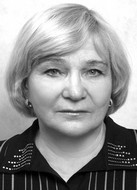Russian national handball teams: gender-specific personality qualities profiling tests
Фотографии:
ˑ:
Dr.Hab., Professor V.Y. Ignatyeva1
PhD, Associate Professor A.Y. Ovchinnikova1
1Southern Federal University, Rostov-on-Don
Keywords: picked teams, team composition, personality profile.
Background. Modern handball teams give a growing priority to the technical versatility at no sacrifice for the strict game roles to secure an efficient mix of skills with due game position management. Formally a handball team is composed of pivot, center backcourt, 2 backcourts, 2 wingmen and goalkeeper, with the player’s individual skills and qualities taken into account when the game role is assigned. It should be noted that the individual performance in whatever position on the court is determined by multiple factors including predispositions for leadership, solo actions, assistance or being assisted; with the individual competitive performance being dependent on how these predispositions are satisfied. Only when each player’s game role is perfectly matched with the individual qualities and skills, the team composition may be considered successful.
Center backcourt player normally acts in the roles of shooter and playmaker that intermingles with the opponent defense to distract it and give a scoring chance to the teammates. The personality type most fit for this position may be described as a “soloist” or “competitor”. The court zone under control of the center backcourt is the most advantageous for combinatory teamwork of the whole team or its units. The pivot player’s role is playmaking i.e. finding solutions in every game situation and driving them to success; with the personality type most fit for this position describable as a “game manager” or “playmaker”. The backcourt player’s role is to disrupt the opponent defense by the power struggle to win a scoring position on the goal crease. He/she sets screens and distracts the defenders to help players of the second line of attack. The personality type most suitable for this position may be described as “aggressor” or “competitor”. And the wingman’s role is to facilitate the team combinations and assist other players.
Objective of the study was to offer a framework for the men/ women’s Russian national handball team composition based on the players’ personality profiles.
Methods and structure of the study. Subjects to the study were the Russian national handball teams, with the study performed at the Novogorsk Olympic Base in 2013 using the T. Leary Interpersonal Diagnosis of Personality Test to rate the individual responses to a variety of teamwork situations [3]. The response range is divided into (eight) octants, with the first four octants generally referring to the non-conformist/ conflicting behavioral models driven by the predispositions for leadership, domination, independence in expression and taking a stand, and aggression. The other four octants are largely opposite as they rate the conformist behavioral models driven by predispositions for low self-confidence, complaisance to others’ opinions, compromises, dependence, and congruence/ friendliness in contacts with other people.
Study results and discussion. The study makes the first attempt to obtain personality profiles of the men/ women’s Russian national handball teams. We applied the available study data of the women’s national team [1, 2]; complemented in Table 1 hereunder by the men’s national team data.
Table 1. Personality qualities of the national men’s (M) and women’s (W) handball teams
|
Player |
Average scores by octants, points |
|||||||
|
Dominance |
Aggression |
Dependence |
Friendliness |
|||||
|
W |
M |
W |
M |
W |
M |
W |
M |
|
|
Center backcourt |
12,6 |
13,6 |
7 |
10,2 |
14 |
10 |
8 |
11,8 |
|
% |
-7 |
- 31 |
+28 |
-32 |
||||
|
Pivot |
14,6 |
11,8 |
6 |
7,6 |
13 |
14,2 |
10 |
9 |
|
% |
+20 |
-21 |
-9 |
+10 |
||||
|
Backcourts |
15,3 |
12,4 |
11 |
7 |
14 |
11 |
8 |
10,2 |
|
% |
+ 19 |
+36 |
+21 |
+21 |
||||
|
Wingmen |
13,6 |
14 |
8 |
7,4 |
12,2 |
11 |
11 |
12,4 |
|
% |
-3 |
+7 |
+10 |
-12 |
||||
|
Goalkeepers |
10,5 |
14 |
5,2 |
8,2 |
10 |
12,2 |
10 |
12 |
|
% |
-25 |
-36 |
-18 |
-16 |
||||
The players’ personality data versus their game positions ranged by dominance and aggression are given on Figures 1 and 2, respectively.
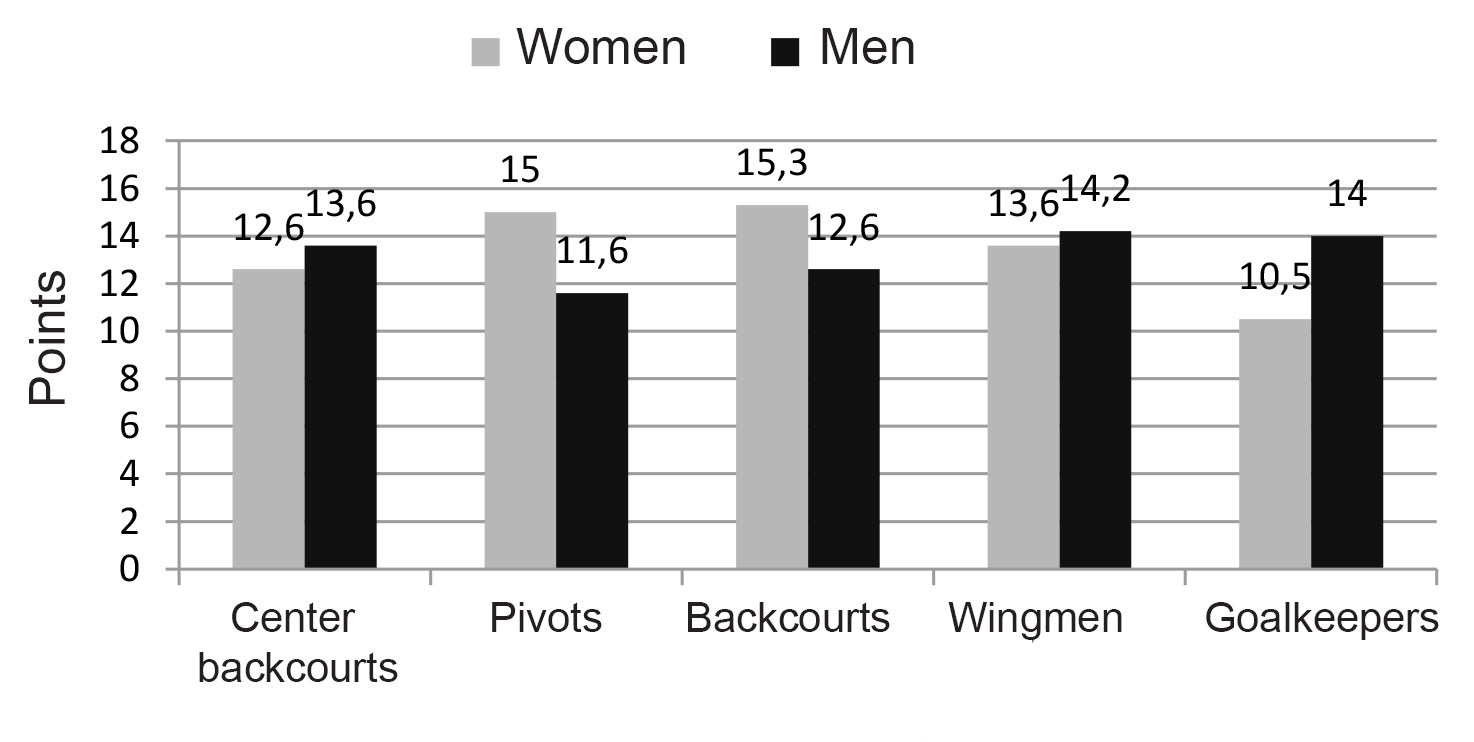
Figure 1. Gender-specific dominance rates in the teams
Dominance and aggression were found more expressed in the male second-line players (backcourts, wingmen and goalkeepers) versus female.
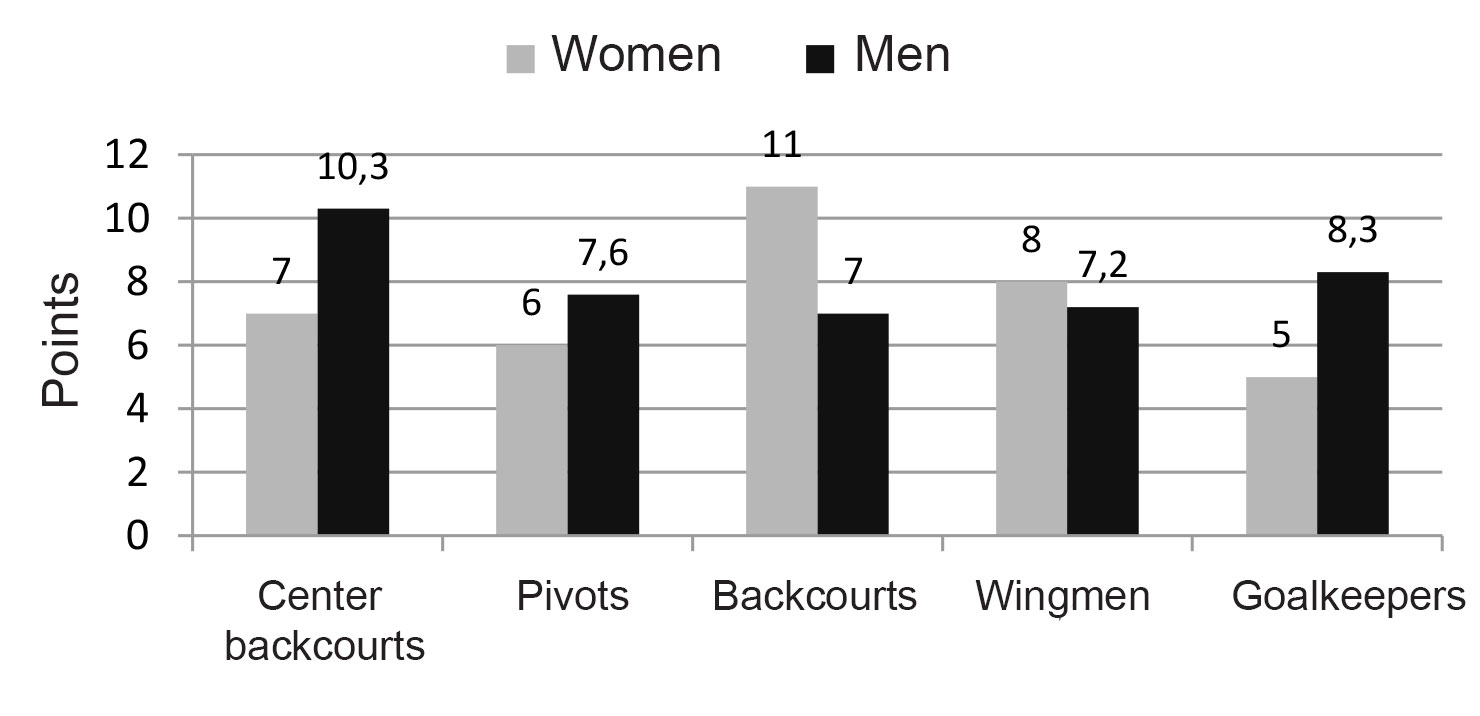
Figure 2. Gender-specific aggression rates in the teams
The dependence test rated the female center backcourts, backcourts and wingmen as better controllable than the male pivots and goalkeepers (Figure 3); whilst in the friendliness test the women were rated lower than the men in virtually every game position: see Figure 4.
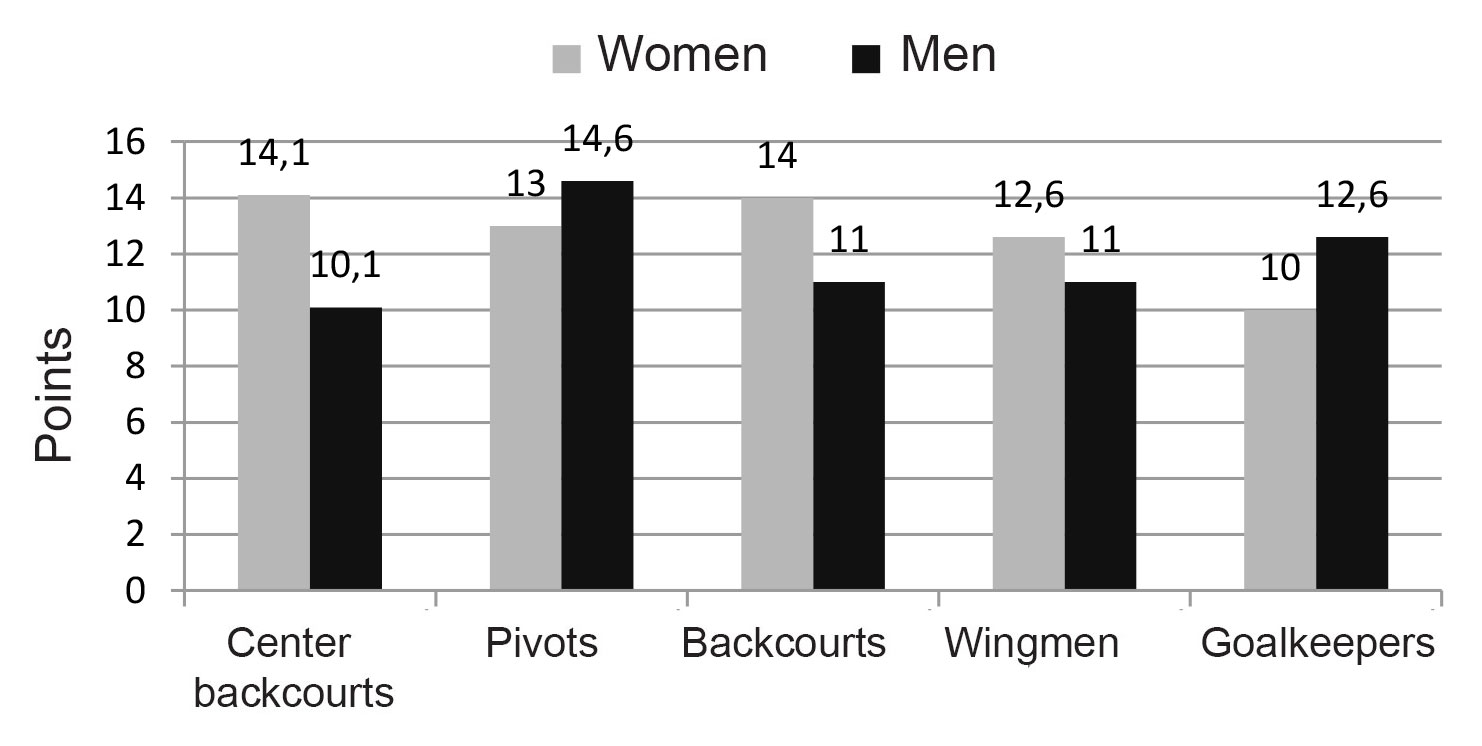
Figure 3. Gender-specific dependence rates in the teams
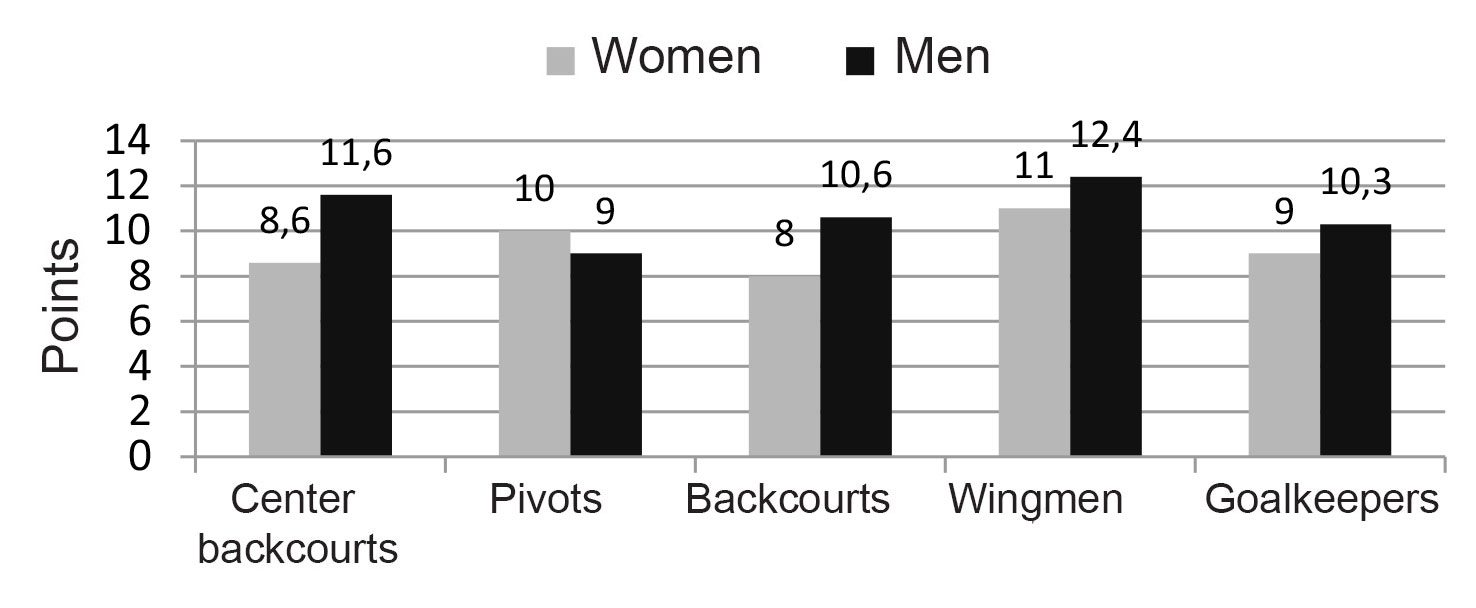
Figure 4. Gender-specific friendliness rates in the teams
Given on Figure 5 hereunder are the consolidated personality profiles of the men/ women’s national handball teams.
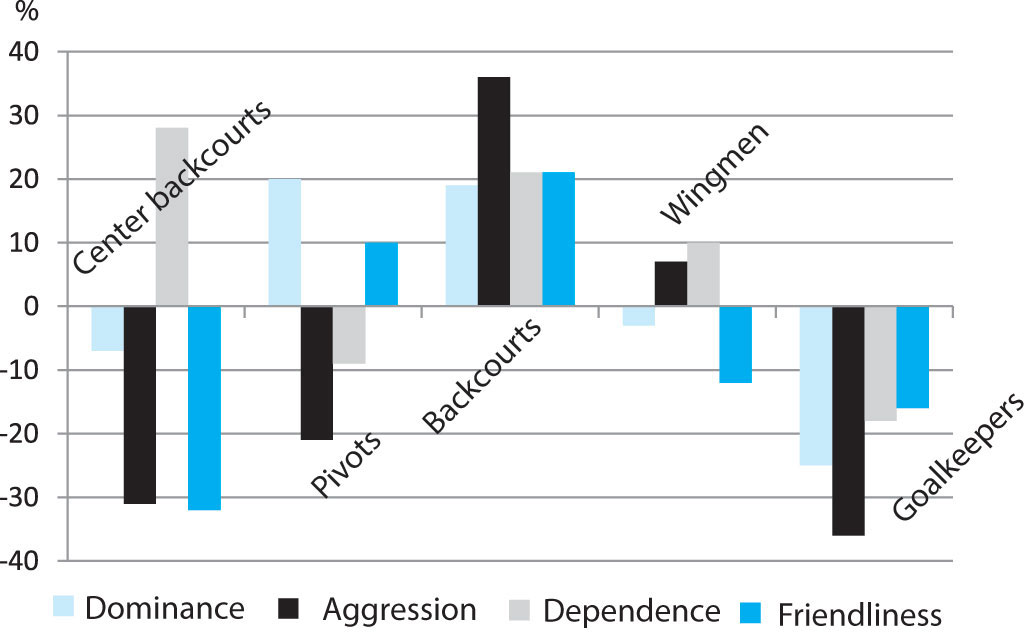
Figure 5. Gender-specific personality profiles of the Russian national team players
As demonstrated on Figure 5, the male backcourts scored higher than the others, whilst the female goalkeepers scored the lowest. The female center backcourts versus their male peers were lower in the dominance scores by 7%, aggression scores by 31%, dependence scores by 38% (that means that they are less controllable/ willing to subordinate) and friendliness scores by 30%. Furthermore, the female pivots were tested 29% more dominant than their male peers. Female aggression and dependence on the whole was rated 21% and 9% lower than the male one, respectively, albeit females were tested 10% friendlier. The female backcourts were tested 19% and 36% higher than male on the dominance and aggression scales, although they are 21% more dependent than male and 21% friendlier. The wingmen’s personality profiles were found largely gender-unspecific, with the female players being only 3% less dominant, 7% more aggressive, 10% more dependent and 12% less friendly. The female goalkeepers were tested lower than their male peers on every scale as follows: 25% less dominant, 36% less aggressive, 18% less dependent and 16% less friendly.
Conclusion
- The personality profiling data of the men/ women’s Russian national handball teams varied within the range of 7-36%, with only the extreme profiles found fairly close.
- The study data cannot be recommended for the team composing purposes since the study was performed in the period of the poor competitive performance of both of the national teams in the top-ranking events.
- The handball players’ personality profiling studies will be continued to find their correlations with the competitive performance rates to facilitate the team composing missions.
References
- Ignatyeva V.Y. Formirovanie igrovogo sostava gandbolnoy komandy s uchetom lichnostnykh svoystv igrokov [Formation of handball team in view of players’ personal properties]. Sportivny psikholog, 2010, no. 1(19), P. 50.
- Ignatyeva V.Y. Intellektualno-psikhologicheskaya podgotovlennost gandbolistok sbornoy komandy Rossiyskoy federatsii [Intellectual and psychological competency of handball players of Russian women’s national team]. Itogovy sbornik: Aktualnye problemy organizatsii podgotovki i uchastiya sportsmenov sportivnykh sbornykh komand Rossii v Igrakh XXXI Olimpiady 2016 goda v Rio-de-Zhaneyro (Braziliya) [Final collection: Actual problems of organizing training and participation of athletes of Russian national teams in the XXX Olympic Games in 2016 in Rio de Janeiro, Brazil]. FRS RSRIPC publ., 2013, P. 135.
- Svoystva kharaktera v mezhlichnostnykh otnosheniyakh (oprosnik samootsenki T. Liri) [Character properties in interpersonal behavior (T. Leary’s self-evaluation questionnaire]. Sportivny psikholog, 2008, no. 3(15), P. 89.
Corresponding author: otrada116@mail.ru
Abstract
The study is the first to publish the intellectual and mental quality rates of the men’s and women’s Russian national handball teams obtained using the T. Leary Interpersonal Diagnosis of Personality Test, with a variety of personality quality rates including dominance, aggression, subordination and friendliness. The test rates were applied to find the degrees of compliance of the personality profiles with the game roles of the players. The personality profiling data of the men/ women’s Russian national handball teams varied within the range of 7-36%, with only the extreme profiles found fairly close. The study data cannot be recommended for the team composing purposes since the study was performed in the period of the poor competitive performance of both of the national teams in the top-ranking events. The handball players’ personality profiling studies will be continued to find their correlations with the competitive performance rates to facilitate the team composing missions.

